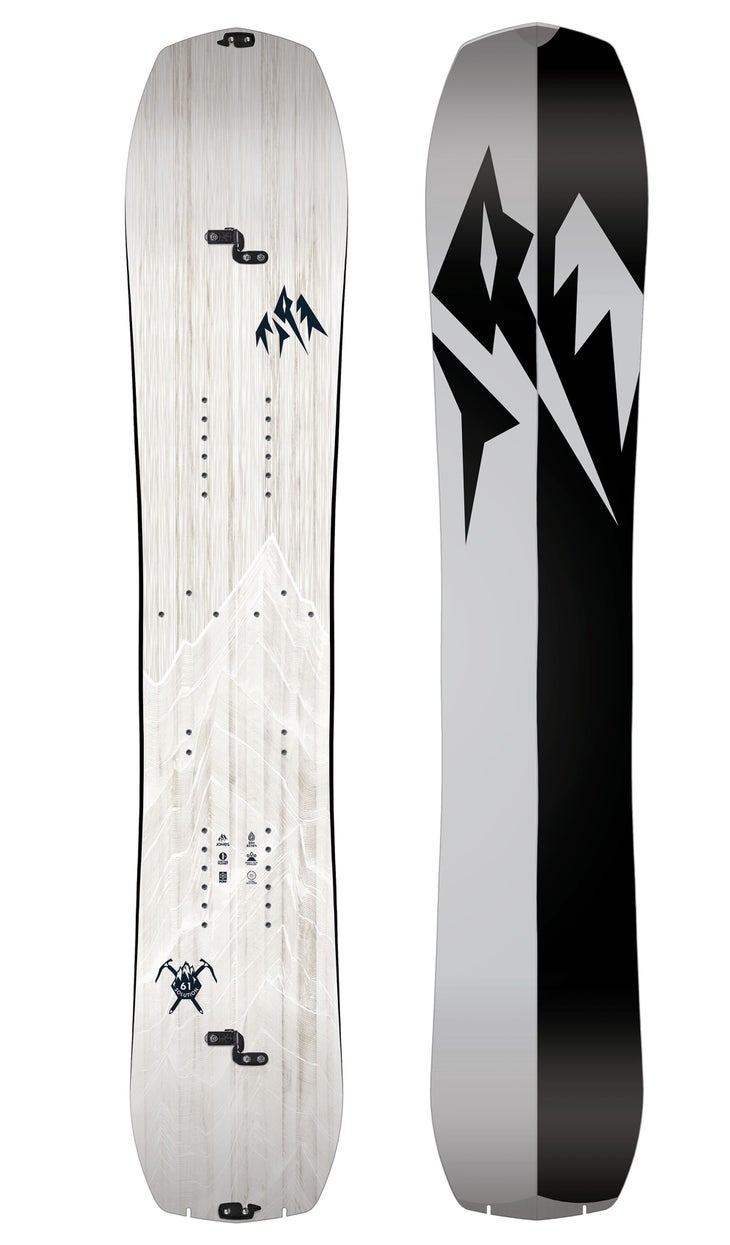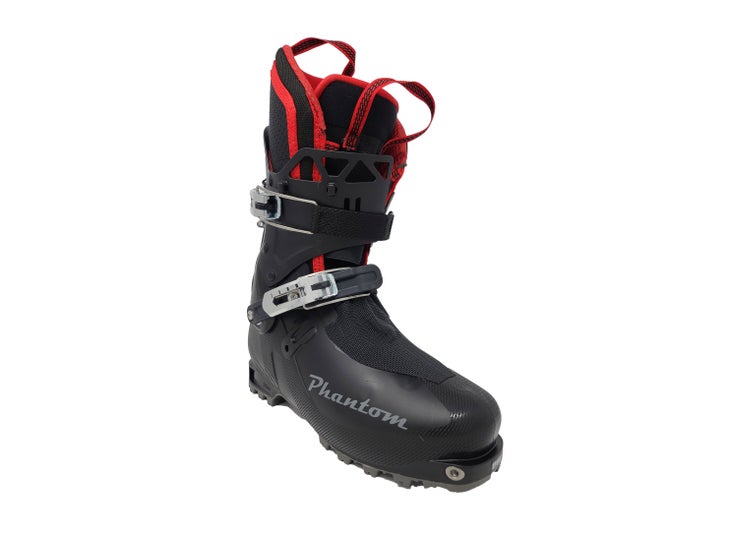Heading out the door? Read this article on the new Outside+ app available now on iOS devices for members! Download the app.
Splitboard tech has come a long way in the last decade, and now it’s even easier—and safer—to make big miles on the ascent and have a rip-roaring ride on the way down. These picks will help you make the most of your backcountry days this winter.
When you make a purchase through our site, we may earn a commission.
On top of solitude, exercise, and epic views, the greatest perk of backcountry touring is fresh, untracked snow. Having a splitboard under your feet feels remarkably similar to surfing the perfect ocean wave, which is why certain companies have long sought to incorporate elements of surfboard design into their snowboard shapes. The latest innovation in Jones’s longtime best-selling splitboard, the Solution ($899; 7 lbs. 1 oz.), is 3D base technology, which slopes the board’s

base upwards toward the edges (as opposed to straight edges, like skis), allowing easier turn initiation in all types of snow and enhanced float in powder. While other boards have used this design, this is the best iteration of it we’ve tested. The sloped sides reduce edge catch in tight trees and variable terrain, and allowed us to surf this deck through deep snow on Rogers Pass in British Columbia. A castor topsheet sheds snow well, even in sticky maritime snowpacks, which keeps the board light for touring. And don’t be deceived by its playful float—this board still has plenty of backbone to send big lines.
While floating on powder with quick, playful turns is pure magic, so is arcing big turns at high speed on a light board with a stiff backbone. The Cardiff Snowscraft Goat Pro Carbon ($1,200; 6 lbs. 9 oz.) has a carbon fiber construction that uses vertical aluminum strips to dampen the ride. Bilateral reinforcements underfoot enhance torsional leverage; it was great for edging authoritative turns in spring hardpack above steep cliffs and couloirs in Colorado’s Sawatch Range. A greater sidecut radius puts more of the edge on snow for gripping hard turns while reinforcements under the touring brackets add leverage on icy sidehills.

They may not be common in the skintrack, but the efficiency of hard boots is unbeatable when it comes to weight, durability, and sidehilling stability. Alpine touring setups have been gaining ground in the splitboard community recently, and Phantom is leading the charge of innovation with their Slipper ($800; 2 lbs. 3 oz.), the first splitboard-specific AT boot with spring-loaded flex. The lower buckle runs across the ankle, rather than the forefoot, for secure heel-hold on toeside turns. Pair that with Phantom’s latest binding, the M6 ($400; 2 lbs. 2 oz.), which has spring-loaded heel and toe bails for easier entry (helpful for transitions on steep slopes) and a new design that promotes snow- and ice-clearing. This binding also boasts a low foot height and solid power transfer.
Heading into the backcountry for the first time? Make sure you’re prepared with the right gear (a beacon, shovel, and probe are all must-haves) and the proper training. Already equipped? Upgrade with our picks for the best new snow safety gear of the season.